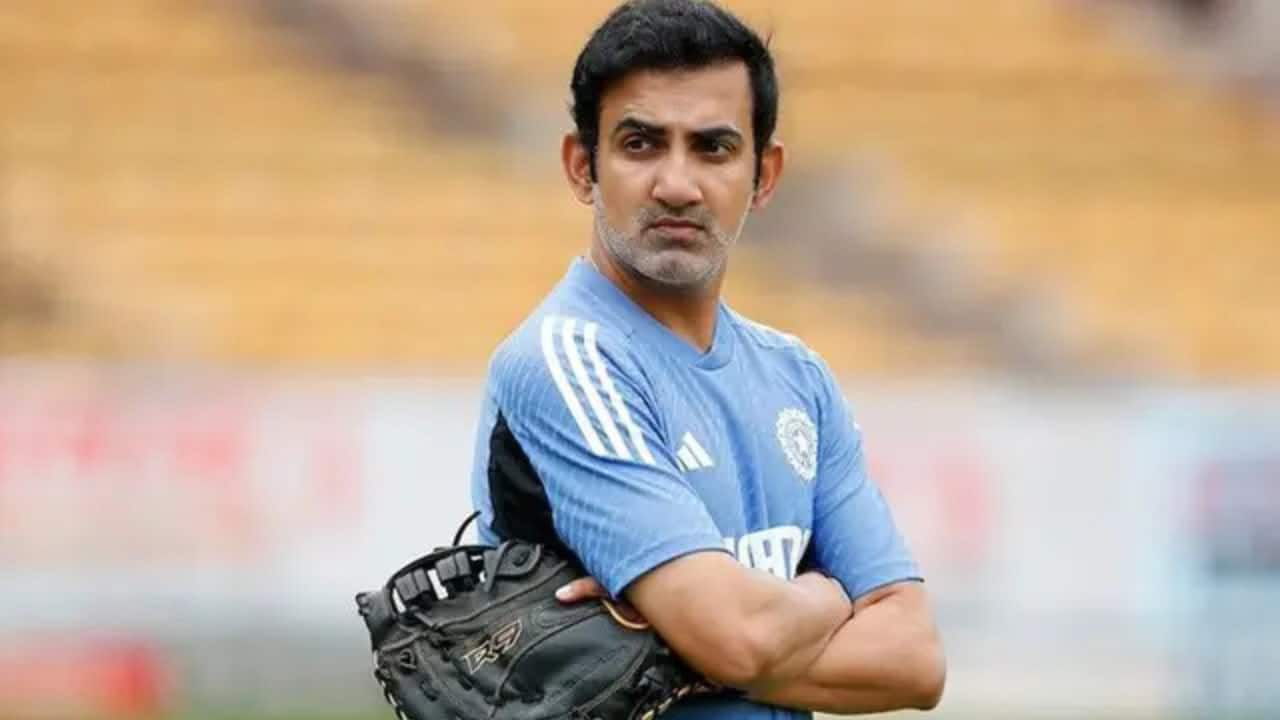 |
|
The recent Melbourne Cricket Ground (MCG) Test match defeat has sent shockwaves through the Indian cricket team, resulting in a stern dressing-down from head coach Gautam Gambhir. The team's catastrophic collapse, losing seven wickets in a mere 20.4 overs, triggered Gambhir's outburst, marked by his declaration, "Bahut ho gaya (Enough is enough)". This eruption wasn't merely an expression of frustration; it served as a wake-up call, highlighting a critical disconnect between individual player ambitions and the overarching team strategy. Gambhir's concern was not with the players' talent, but their prioritization of individual style over tactical demands of the situation. This reflects a systemic issue within the team's approach, one that has evidently plagued their performance throughout the series.
Gambhir's six months of largely hands-off coaching appear to have reached their limit. He had allowed players significant freedom in expressing their 'natural game', a strategy that, in hindsight, proved detrimental to cohesive team performance. Now, a shift towards stricter guidelines and a more disciplined approach is underway. This change represents a significant turning point in the Indian cricket campaign. The coach's thinly veiled threats of player exclusions underscore the gravity of the situation and his resolve to enforce this altered approach. This stricter approach is not merely a reaction to the MCG loss, but a culmination of frustrations stemming from recurring batting failures which have plagued the team since the Bangladesh home series in September. The Melbourne Test served as a stark demonstration of these flaws.
Individual errors were highlighted as key contributing factors to the defeat. Virat Kohli's ill-advised chase of a wide ball, Rishabh Pant's rash shot selections (including a lap shot against a fast bowler and a reckless pull shot against Travis Head), Rohit Sharma's continued struggles with form leading to another across-the-line dismissal, and Yashasvi Jaiswal's ill-judged pull shot all demonstrated a lack of judgment and situational awareness. These individual failings not only directly impacted their own performances but also triggered chain reactions that undermined the team's overall stability. The accumulation of these individual errors directly contributed to the team's inability to maintain a competitive stance and ultimately sealed India's fate. The defeat underscores the importance of tactical discipline and the critical role of every player in achieving the overall team objective.
Tensions within the dressing room have been simmering for a while, reportedly surfacing even before the first Test match in Australia. Gambhir's advocacy for the return of veteran Cheteshwar Pujara, a player with 100 Test matches under his belt, was rejected by selectors. Despite the Perth victory, Gambhir persisted in highlighting Pujara's potential contribution to the team, hinting at a potential difference in strategic visions between the coach and selectors. This disagreement also points to deeper issues within the team structure and its decision-making processes. It suggests that the current crisis is not solely about individual performance, but also about strategic differences and the internal dynamics of the team.
The continuing poor form of Rohit Sharma and Virat Kohli adds another layer of complexity to the team's struggles. Both have received significant criticism for consistent failures against deliveries outside the off-stump, revealing a technical weakness that has been exploited consistently by the Australian bowling attack. The captain, Rohit Sharma's ongoing struggles with the bat add to the pressure on the team. The pressure is immense, with Australia having already secured an unassailable lead in the series. India's hopes of retaining the Border-Gavaskar Trophy now hinge on the final Test in Sydney. The impending match represents a critical opportunity for the team to salvage their campaign. The success or failure in Sydney will depend on whether Gambhir's stern measures can translate into tangible improvements in the team's discipline, tactical awareness, and individual performances. The pressure is on for both the players and the coach to deliver a significantly improved performance.
The situation underscores a critical lesson in team sports: individual brilliance is insufficient without collective cohesion and strategic discipline. The incident at the MCG highlights the necessity for a unified approach, where individual talents are channeled to serve the larger team goal. Gambhir's harsh but necessary intervention suggests a recognition that the previous approach was inadequate. The coming weeks will be crucial in determining if his stricter methods bear fruit. The team's ability to adapt and overcome this period of crisis will define not only the outcome of the current series but also shape the future of Indian cricket. The impact of Gambhir's forceful interventions will only be truly assessed once the Sydney test concludes.
